I would like to use pwelch on a set of signals and I have some questions.
First, let's say that we have 32 (EEG) signals of 30 seconds duration. The sampling frequency is fs=256 samples/sec, and thus each signal has length 7680. I would like to use pwelch in order to estimate the power spectral density (PSD) of those signals.
Question 1:
Based on the pwelch's documentation,
pxx = pwelch(x) returns the power spectral density (PSD) estimate, pxx, of the input signal, x, found using Welch's overlapped segment averaging estimator. When x is a vector, it is treated as a single channel. When x is a matrix, the PSD is computed independently for each column and stored in the corresponding column of pxx.
However, if call pwelch as follows
% ch_signals: 7680x32; one channel signal per each column
[pxx,f] = pwelch(ch_signals);
the resulting pxx is of size 1025x1, not 1025x32 as I would expect, since the documentation states that if x is a matrix the PSD is computed independently for each column and stored in the corresponding column of pxx.
Question 2:
Let's say that I overcome this problem, and I compute the PSD of each signal independently (by applying pwelch to each column of ch_signals), I would like to know what is the best way of doing so. Granted that the signal is a 30-second signal in time with sampling frequency fs=256, how should I call pwelch (with what arguments?) such that the PSD is meaningful?
Question 3: If I need to split each of my 32 signals into windows and apply pwech to each one of those windows, what would be the best approach? Let's say that I would like to split each of my 30-second signals into windows of 3 seconds with an overlap of 2 seconds. How should I call pwelch for each one of those windows?
